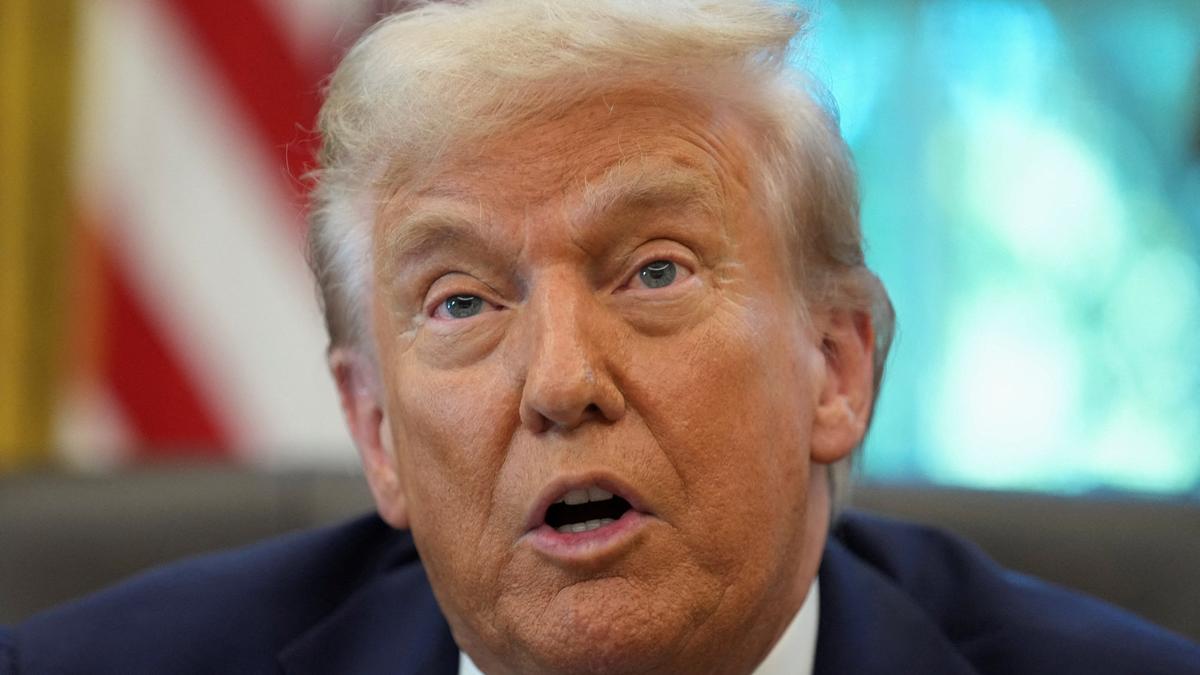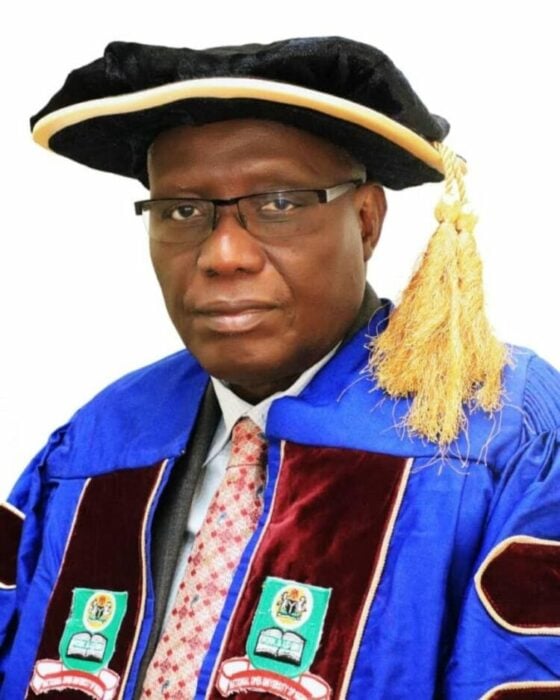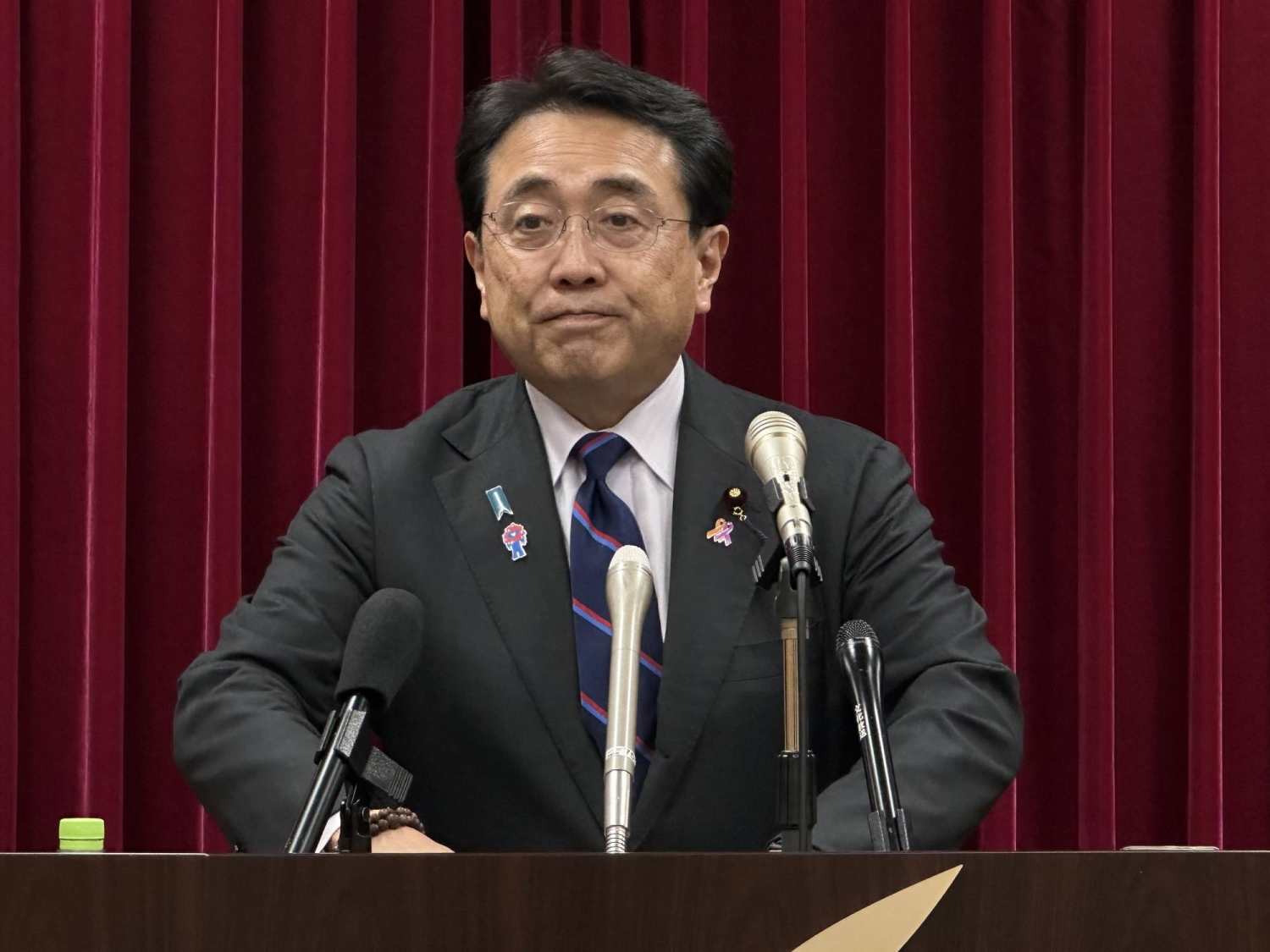
The White House said that President Donald Trump’s new $100,000 fee on H-1B visa applications will apply only to new cases, not to existing holders reentering the United States. The clarification, conveyed to 5WH by a senior administration official, came after the order sparked panic among current H-1B workers worried they would be forced to pay to return.
Follow H-1B Visa LIVE
News of the proclamation set off a scramble across the Indian H-1B community, with workers rushing to airports in hopes of getting back into the United States before the measure took effect. Immigration lawyers reported a surge of frantic calls from clients fearing they would be locked out or saddled with the hefty new levy, underscoring the uncertainty that followed the announcement.
“Fee ($100,000) is only for new H-1B (applicants). Current H-1B visa holders will not have to pay to return to the U.S.,” a senior administration official told 5WH. Such an assurance from the Trump Administration may calm immediate anxieties, but leaves broader uncertainty over the future of skilled immigration.
Mr. Trump signed the executive order on Friday (September 19, 2025), arguing the $100,000 annual charge on new H-1B petitions would curb abuses by outsourcing firms that replace U.S. workers with cheaper foreign labour. The order also directs federal agencies to raise prevailing wage levels and prioritise high-skilled, high-paid applicants, part of what the White House described as an effort to “put American workers first”.
Indian nationals, who account for more than 70% of H-1B approvals in recent years, are expected to feel the sharpest impact of the new fee, observers say.
While the exemption eased immediate fears for thousands already in the United States, attorneys noted that future applicants and dependents could face steep costs and closer scrutiny as agencies implement the order.
The White House pointed to large tech and outsourcing firms that laid off thousands of American employees while securing fresh approvals for foreign workers. One company, officials said, received more than 5,000 H-1B slots in fiscal 2025 even as it cut about 15,000 jobs. Another was cleared for nearly 1,700 H-1B workers while laying off 2,400 U.S. staff in Oregon. A third reduced its American workforce by 27,000 since 2022 while obtaining more than 25,000 H-1B approvals over the same period.
Administration officials also cited labour statistics to argue that the program has distorted the U.S. job market. Unemployment among recent computer science graduates stood at 6.1% and 7.5% for computer engineering graduates — more than double the rates for biology or art history majors. Meanwhile, the number of foreign STEM workers in the United States more than doubled between 2000 and 2019, while overall STEM employment grew by only 44.5%.
Announcing the measure, Mr. Trump said the fee would “protect American workers” and ensure only “valuable people” are brought into the country. “We need workers, we need great workers, and this pretty much ensures that’s what’s going to happen,” he told reporters at the White House.
Commerce Secretary Howard Lutnick argued the policy would end the practice of companies training lower-paid foreign workers at Americans’ expense. “No more will these Big Tech companies or other big companies train foreign workers,” Mr. Lutnick said. “Train Americans, stop bringing in people to take our jobs”.
The proclamation requires employers to provide proof of payment before petitions are approved. The Departments of State and Homeland Security will verify compliance and deny entry for non-payment. Limited exemptions may be granted if hiring is deemed in the national interest.
The $100,000 fee applies for the life of a visa, which is three years; companies could pay as much as $200,000 over six years for a single worker. Mr. Lutnick said the policy was designed to force employers to weigh whether a foreign employee was “valuable enough” to justify the expense or whether it made more sense to “go hire an American”.
The order is set to run for 12 months unless extended. It also directs the Department of Labour to initiate rulemaking to revise prevailing wage levels and the Department of Homeland Security to reprioritize admissions toward the “highest-skilled and highest-paid” applicants.
Immigration lawyers warned of confusion as agencies roll out guidance, saying companies will face hard choices between absorbing steep costs or scaling back hiring. Advocacy groups cautioned that the policy could discourage talented graduates from pursuing careers in the United States, while business associations said they feared collateral damage to innovation.
Senior Administration officials said that the levy applies only to new H-1B applications, not to existing visa holders reentering the country. This assurance may calm immediate anxieties but leaves broader uncertainty over the future of skilled immigration.
This article is published in an arrangement with 5WH.



